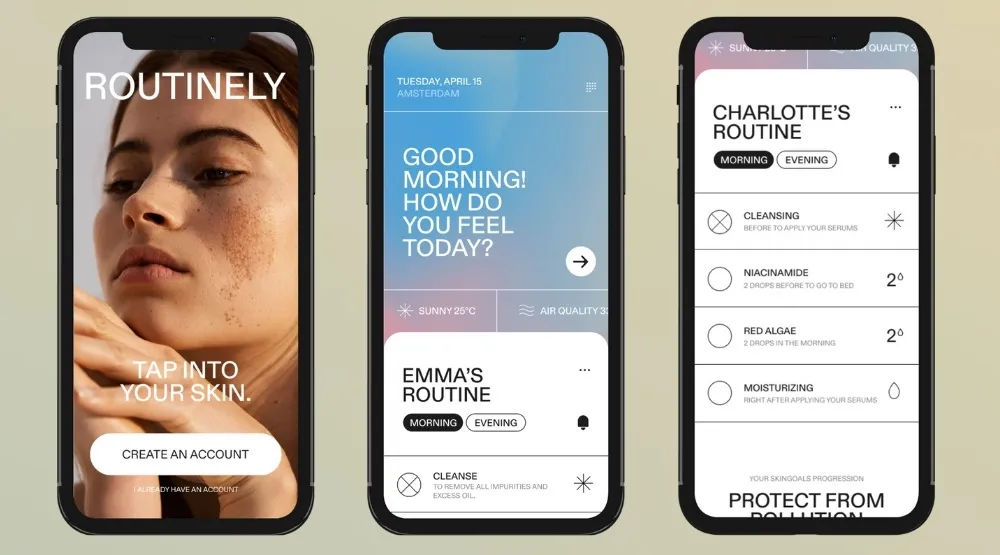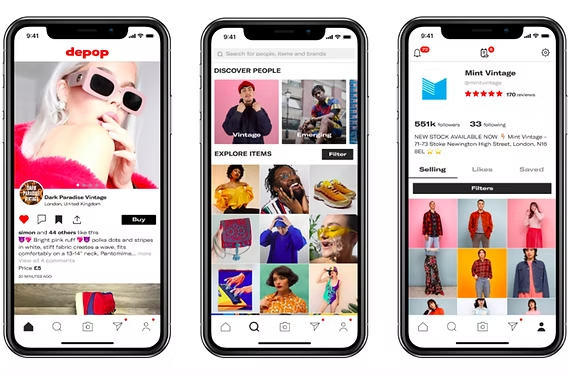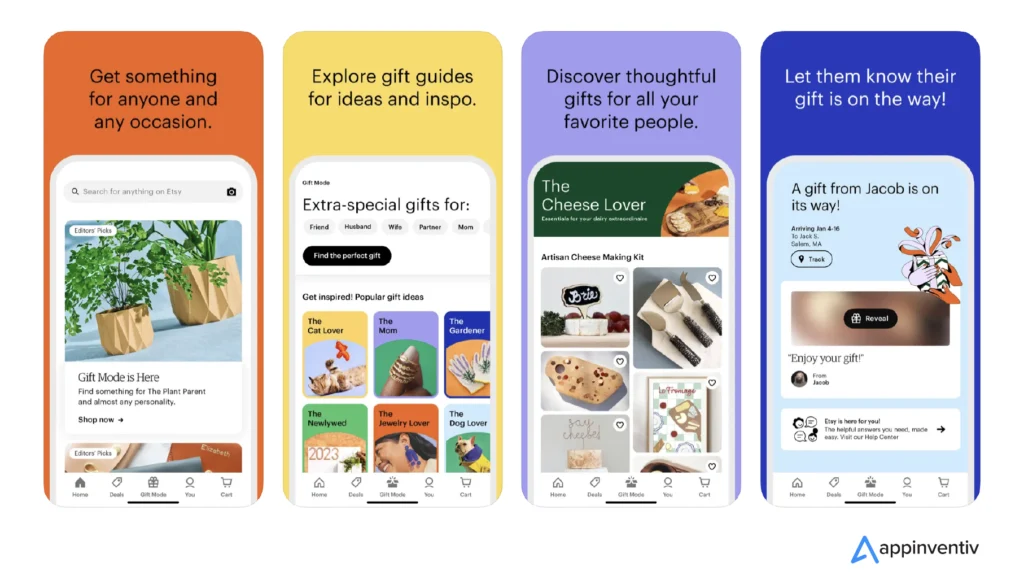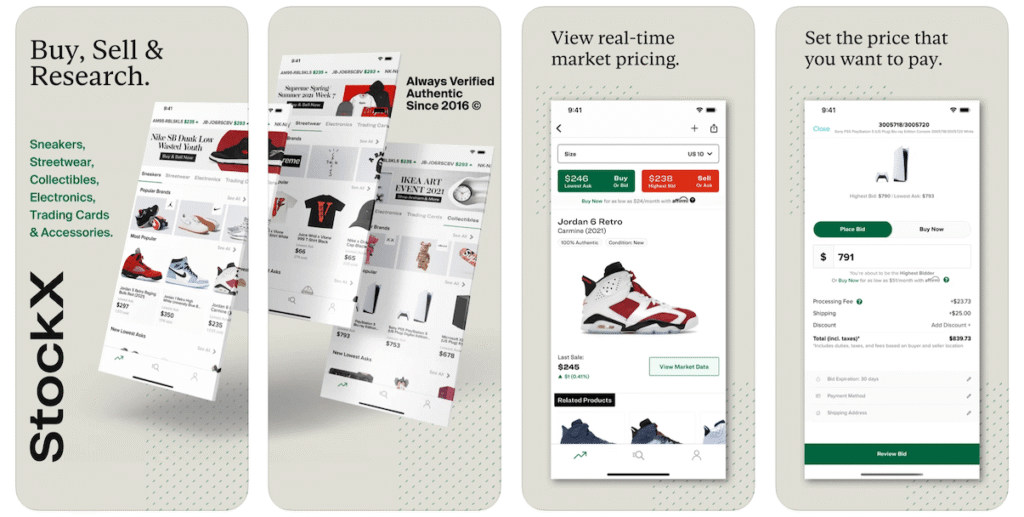Large companies like Amazon and eBay have controlled the internet retail market for many years.
By providing nearly everything under one roof, including groceries, electronics, clothing, and furniture, they rose to fame.
However, there has been a significant shift in recent years. Apps for specialized shopping are filling the gap left by consumers seeking something new and more customized.
Apps for niche shopping concentrate on a certain market or line of goods.
These apps focus on particular goods, ideals, or lifestyles rather than trying to appeal to everyone.
They are more well-liked than ever as a result of this concentration, particularly among younger customers who seek out shopping experiences that suit their individual tastes.
In this blog, we will explore why niche shopping apps are growing so fast, what’s driving this shift, and what the future holds for them.
Why Niche Shopping Apps Are Growing?
The growth of niche shopping apps is not just a passing trend. It’s a response to the changing needs and behaviors of consumers.
Here are some of the key reasons behind their rise:
1. Personalized Shopping Experiences
Personalization is one of the main factors driving consumers to specialized apps.
It’s simple to get overwhelmed by the abundance of things on large websites like Amazon.
Niche apps that provide well chosen collections help them stand out from the competition.
For instance, a skincare-only app may suggest items according to your skin type, issues, and objectives.

Users save time and get a more relevant purchasing experience as a result.
2. Community and Shared Interests
Niche shopping apps often build communities around their products. This sense of community makes shopping more engaging.
For example, Depop, a popular app for buying and selling second-hand fashion, has built a culture where people share styling tips and connect with other fashion lovers.

When shoppers feel like they are part of a group with similar interests, they are more likely to trust the platform and keep coming back.
3. Support for Small Businesses and Creators
Many niche apps focus on connecting buyers with small brands, independent creators, and local businesses. Consumers love the idea of supporting small sellers and discovering unique items that can’t be found on big marketplaces.
Apps like Etsy have shown how powerful this model can be, millions of shoppers turn to Etsy for handmade, vintage, or custom products instead of buying mass-produced items elsewhere.

4. Better User Experience
Because niche shopping apps are focused on one type of product or audience, they can create a better user interface and experience.
They don’t have to cater to every possible shopping need, so their design and navigation are cleaner and more intuitive.
This makes shopping faster and more enjoyable. Plus, many niche apps include extra features like AR try-ons, detailed guides, or content that educates customers about the products.
5. Ethical and Sustainable Choices
Consumers are becoming more conscious about where their products come from and how they are made.
Online marketplace app development solutions that focus on sustainability, fair trade, or eco-friendly products are seeing strong growth.
For example, apps like Good On You and DoneGood make it easy to shop from brands that meet certain ethical or environmental standards.
This focus on values-driven shopping is particularly appealing to Gen Z and millennials.
Examples of Popular Niche Shopping Apps
To better understand this trend, let’s look at some real-world examples of niche shopping apps that are thriving:
- Etsy – Specializes in handmade, vintage, and custom goods.
- Depop – Focuses on second-hand and sustainable fashion, popular among Gen Z.
- StockX – A marketplace for sneakers, streetwear, and collectibles with transparent pricing.
- Poshmark – A platform for reselling fashion, with a social-media-like experience.
- Thrive Market – Offers organic, non-GMO groceries and household products for health-conscious shoppers.
- Chewy – A dedicated app for pet supplies, providing subscriptions and fast delivery for pet owners.
These platforms are thriving because they know their audience and serve them better than general marketplaces can.
How Niche Shopping Apps Compete with Giants Like Amazon
Amazon and eBay may still be the giants of e-commerce, but niche shopping apps are carving out their own space successfully.
They do this by focusing on things that the big players struggle with:
1. Curation Over Quantity
Amazon offers millions of products, but that can sometimes be overwhelming. Niche apps focus on quality over quantity.
Their curated approach makes customers feel like every product is carefully selected for them.
2. Building Strong Brands
Niche platforms often have strong identities that connect with their users emotionally.
For example, StockX appeals to sneakerheads with its “stock market of things” concept, while Thrive Market attracts eco-conscious shoppers with its focus on healthy living.

3. Creating Unique Shopping Experiences
While Amazon focuses on speed and convenience, niche apps focus on discovery and enjoyment.
Some turn shopping into a social experience where users can follow sellers, like products, and share purchases.
4. Trust and Authenticity
In a world of fake reviews and counterfeit products, niche shopping apps often do a better job of maintaining trust.
Many of them verify sellers, check product quality, and have stricter approval processes.
Challenges for Niche Shopping Apps
Of course, it’s not all smooth sailing. Building and scaling a niche shopping app comes with its own challenges.
Partnering with the right shopping app development company can help overcome many of these hurdles, but brands should still be prepared for the following:
- Customer Acquisition Costs: Competing with big players requires heavy marketing investments.
- Logistics and Fulfillment: Amazon sets a very high standard for delivery speed. Smaller apps may struggle to match that.
- Maintaining Engagement: Once the novelty wears off, keeping users engaged can be difficult.
- Scalability: Some niches are too small to scale profitably, which limits growth potential.
Despite these challenges, many niche shopping apps are finding creative ways to succeed, often by building loyal communities and offering subscription models or exclusive drops.
At the same time, they must carefully address involuntary churn to maintain steady growth and retain their most engaged users.
The Future of Niche Shopping Apps
The future looks bright for niche shopping apps. Here are a few trends we can expect to see in the coming years:
1. Hyper-Personalization with AI
AI will help niche apps provide even more tailored recommendations based on a user’s past behavior, preferences, and style.
2. More AR/VR Shopping Features
Augmented reality will allow shoppers to virtually try on clothes, see furniture in their rooms, or preview products before buying.
3. Subscription and Membership Models
Many niche apps will offer memberships with perks like free shipping, early access to drops, or exclusive discounts to keep users loyal.
4. Social Commerce Integration
Shopping will continue to blend with social media, with live shopping events, influencer collaborations, and shoppable content becoming more common.
5. Stronger Focus on Sustainability
Expect more apps to highlight eco-friendly, locally made, or ethically sourced products as consumers become even more mindful.
Conclusion
The e-commerce scene is changing as a result of the rise of specialized shopping apps.
Even though Amazon and eBay are still major participants, they aren’t always able to match specialized sites’ curated experience, community feel, and personal touch.
This is a fantastic chance for companies to target a certain market, create devoted followings, and provide something genuinely distinctive.
For consumers, it means more fun, interesting, and meaningful ways to find and purchase goods.









